Home>Articles>Make Your Old Tile Look New With These Tips For Painting Grout
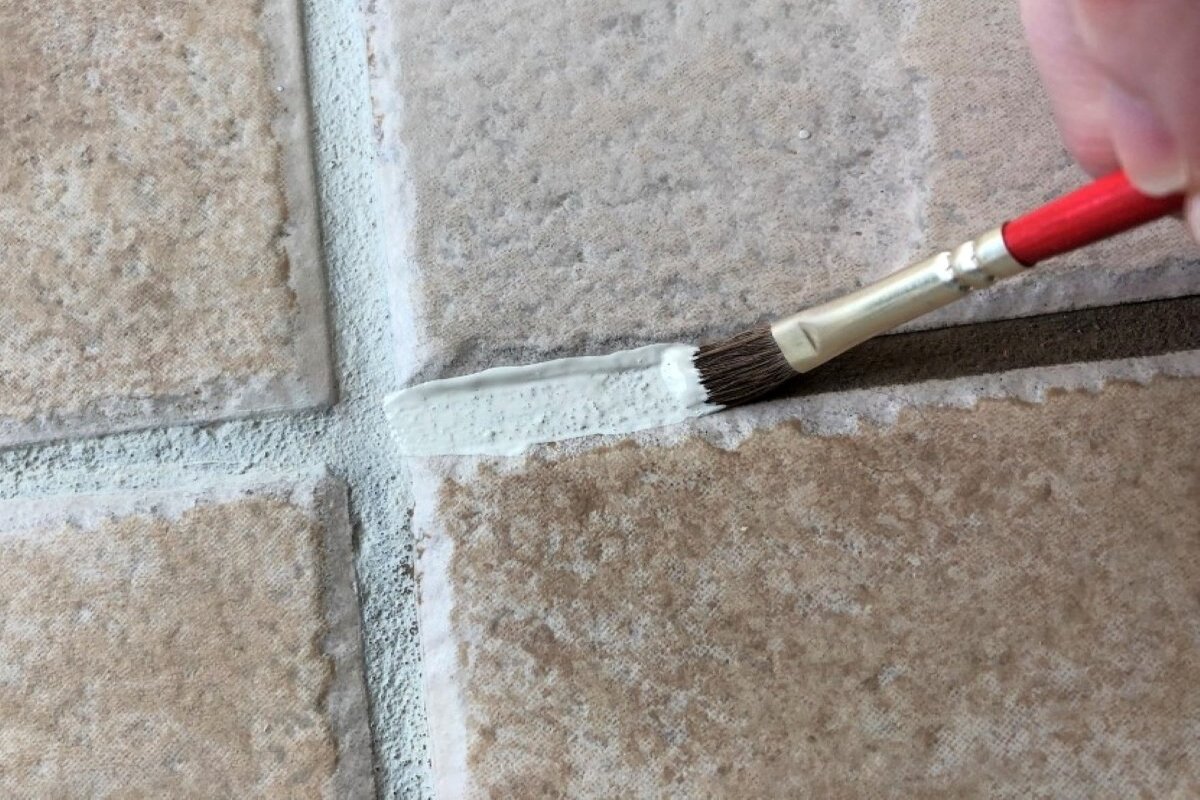

Articles
Make Your Old Tile Look New With These Tips For Painting Grout
Modified: December 7, 2023
Transform your tile and give it a fresh look with these practical tips for painting grout. Find step-by-step articles on how to revive your old tile and update your space
(Many of the links in this article redirect to a specific reviewed product. Your purchase of these products through affiliate links helps to generate commission for Storables.com, at no extra cost. Learn more)
Introduction
Are you tired of looking at the outdated grout in your tile? Are you considering replacing the entire tile floor just to get a fresh look? Before you go through the hassle and expense of a full renovation, consider a simpler solution – painting the grout.
Painting grout is a cost-effective and efficient way to give your old tile a brand-new appearance. Whether you’re looking to update the color or cover up stains and discoloration, this DIY project can transform the look of your floor or wall tiles without breaking the bank.
But before you dive into this project, it’s important to understand the necessary preparation and steps involved in painting grout to achieve the best results. In this article, we’ll guide you through the process, from cleaning the grout to applying the final clear sealant.
So, roll up your sleeves and get ready to give your tile a much-needed makeover. With our tips and tricks, your old grout will look fresh and new in no time!
Key Takeaways:
- Transform your old tile with a budget-friendly grout painting project. Follow the steps for preparation, cleaning, painting, and sealing to achieve a professional finish and revitalize your space.
- Maintain the vibrancy of your painted grout with regular cleaning, gentle care, and prompt stain removal. Protect high-traffic areas and periodically reseal to ensure long-lasting, fresh-looking results.
Read more: How To Make Old Glass Look New
Preparation
Before you begin painting the grout, it’s crucial to prepare the area properly to ensure a successful outcome. Follow these steps to get started:
Gather Your Materials
To paint grout, you’ll need a few essential supplies. Here’s a list of what you’ll need:
- Grout cleaner
- Grout brush
- Putty knife or scraper
- Primer specifically designed for grout
- Grout paint in your desired color
- Small paintbrush or grout brush
- Clear sealant
- Drop cloths or plastic sheets
- Painter’s tape
- Protective gloves
- Old clothes or apron
- Lint-free cloth
Prepare the Area
Start by removing any furniture or objects in the area where you’ll be painting the grout. This will give you ample space to work and prevent any accidental damage or spills on your belongings. Cover the floor with drop cloths or plastic sheets to protect it from paint splatters.
Next, use painter’s tape to cover the edges of the tiles, creating a clean border and preventing paint from accidentally getting on them. Press the tape down firmly to ensure it stays in place throughout the painting process.
Test the Grout
Before applying any paint or cleaner, it’s important to test the grout to ensure it’s in good condition. Check for any loose or cracked grout and address those issues before proceeding with painting. Use a putty knife or scraper to gently scrape away any loose grout and make necessary repairs.
Once the grout is secure, it’s time to move on to the next step: cleaning.
Read more: How To Make Old Dewalt Hand Tools Look New
Cleaning the Grout
Before you can paint the grout, it’s essential to thoroughly clean it to remove any dirt, grime, or stains. Follow these steps to ensure a clean surface for paint adhesion:
Select a Grout Cleaner
There are several grout cleaners available on the market, ranging from homemade solutions to commercial products. Choose a cleaner that is specifically formulated for grout and is safe to use on your type of tiles. Avoid harsh chemicals that could damage the grout or surrounding surfaces.
Prepare the Cleaning Solution
Follow the instructions on the grout cleaner to prepare the cleaning solution. This typically involves diluting the cleaner with water in a bucket according to the recommended ratio.
Apply the Cleaning Solution
Dip a grout brush into the cleaning solution and start scrubbing the grout lines. Use firm pressure and circular motions to loosen any dirt or stains. Pay extra attention to heavily stained areas and high-traffic areas that may require more scrubbing.
For stubborn stains, you may need to let the cleaning solution sit on the grout for a few minutes before scrubbing. This will allow the cleaner to penetrate the stains and make them easier to remove.
Rinse the Grout
Once you’ve thoroughly scrubbed the grout lines, rinse them with clean water. You can use a damp cloth or sponge to wipe away the cleaning solution and any loosened dirt. Repeat this step as necessary to ensure all the cleaner is removed.
After rinsing, it’s important to let the grout dry completely before moving on to the next step. This will ensure proper adhesion of the primer and paint.
With clean and dry grout, you’re now ready to repair any loose grout before applying the primer.
Repairing Loose Grout
Before painting the grout, it’s crucial to address any loose or damaged grout to ensure a smooth and durable finish. Follow these steps to repair loose grout:
Remove Loose Grout
Use a putty knife or scraper to gently remove any loose or cracked grout. Take care not to damage the surrounding tiles while doing so. Hold the tool at a slight angle and carefully scrape out the damaged grout until you reach solid and stable grout lines.
Make sure to remove all traces of loose grout to ensure a secure base for the new grout application. You can use a vacuum or a damp cloth to clean up the debris left behind.
Prepare the Grout Mix
Once the loose grout has been removed, it’s time to prepare the grout mix for the repairs. Follow the instructions on the grout packaging to mix the grout to the desired consistency. It should have a toothpaste-like texture that is easy to work with.
Read more: How To Make Bathtub Look New
Apply the Grout
Using a grout float or a small putty knife, apply the grout mixture to the repaired areas. Press the grout firmly into the gaps, making sure it is level with the surrounding grout lines. Smooth out the surface of the grout with a damp sponge or finger to create a seamless finish.
Take care not to apply excessive pressure or leave any excess grout on the tile surface, as it can be difficult to remove once it dries.
Clean Up Excess Grout
After applying the grout, use a damp sponge or cloth to wipe away any excess grout from the tile surface. Rinse the sponge or cloth frequently to avoid smearing the grout back onto the tiles.
Allow the grout to dry completely according to the manufacturer’s instructions before moving on to the next step of the process.
Now that the loose grout has been repaired, it’s time to prepare the grout for painting by applying a primer.
Applying Primer
Priming the grout is an important step in the painting process as it helps create a smooth and even surface for the paint to adhere to. Follow these steps to apply primer to the grout:
Choose the Right Primer
When selecting a primer for grout, it’s essential to choose one that is specifically designed for this purpose. There are primers available that are formulated to bond with grout and provide a suitable base for paint. Look for a primer that is compatible with both your grout type and the type of paint you plan to use.
Prepare the Area
Before applying the primer, make sure the grout is clean and dry. If you’ve recently repaired any loose grout, ensure it has fully cured before proceeding with the primer application.
Cover the surrounding tiles with painter’s tape to protect them from primer overspray. This will help create clean lines and prevent accidental paint application on the tiles.
Apply the Primer
Using a small paintbrush or a grout brush, apply the primer to the grout lines. Take care to stay within the borders of the grout and not get any primer on the tile surface.
Apply the primer in thin, even coats, allowing each coat to dry before applying the next. This will help ensure proper adhesion and prevent the primer from pooling in the grout lines.
If you accidentally get primer on the tiles, quickly wipe it away with a damp cloth or sponge before it dries. This will make the cleanup process easier.
Let the Primer Dry
After applying the primer, allow it to dry completely according to the manufacturer’s instructions. This drying time may vary depending on the type of primer used. Avoid touching or disturbing the primer while it’s drying to prevent any imprints or smudges.
Once the primer is dry, you’re ready to choose the paint color and start painting the grout to give it a fresh new look.
Choosing the Right Paint
When it comes to painting grout, selecting the right paint is crucial for long-lasting and satisfactory results. Here are some factors to consider when choosing the paint for your grout:
Read more: How To Grout A Shower Tile
Grout Type
Different types of grout may require different types of paint. Epoxy grout, for example, is more resistant to staining and may not require paint at all. On the other hand, porous grout may benefit from a paint that has additional protective properties.
Consider the composition of your grout and look for a paint that is suitable for that specific type. Consult the manufacturer’s instructions or seek advice from a professional if you’re unsure about the compatibility of the paint with your grout.
Paint Type
There are various types of paints available for grout, including latex-based, epoxy-based, and acrylic-based paints. Each type has its own advantages and considerations, such as durability, ease of application, and resistance to moisture and staining.
Consider the specific needs of your project and choose a paint type that aligns with those requirements. For example, if you’re painting grout in a high-moisture area like a bathroom or kitchen, opt for a paint that offers water-resistance or has mold and mildew-resistant properties.
Color and Finish
The choice of color and finish is an opportunity to bring your personal style and design vision to life. Consider the overall aesthetic of the room or space where the grout is located. Do you want a color that blends seamlessly with the tiles, or do you prefer a contrasting color to make a statement?
Additionally, consider the finish of the paint. Matte or satin finishes are popular choices for grout, as they provide a subtle and sleek appearance. However, you can also opt for a glossy finish if you want the grout to stand out more prominently.
Test Samples
Before committing to a specific paint color and type, it’s a good idea to test samples on a small section of grout. This will allow you to see how the paint looks and behaves on your grout and determine if it meets your expectations.
Take the time to observe the samples under different lighting conditions to ensure you’re satisfied with the color and finish. Don’t hesitate to try out multiple samples until you find the perfect paint for your grout.
Once you’ve chosen the right paint, you’re ready to move on to the exciting part: painting the grout.
Read more: How To Grout Tile Floor
Painting the Grout
Now that you have prepared the grout and selected the right paint, it’s time to paint the grout and transform its appearance. Follow these steps to ensure a smooth and successful painting process:
Prepare the Paint
Stir the paint thoroughly to ensure it is well mixed. If the paint has settled or separated, mix it according to the manufacturer’s instructions. Use a small paintbrush or grout brush for precise application.
Start Painting
Begin by carefully applying the paint to the grout lines. Hold the brush at a slight angle and apply the paint in smooth, even strokes. Take your time to ensure full coverage and avoid getting any paint on the tile surface.
Work in small sections to make the process more manageable and to ensure that the paint doesn’t dry before you can fully cover it with a clear sealant later on.
Remove Excess Paint
As you paint, be mindful of any excess paint that may accumulate on the tile surface. If you notice any paint on the tiles, quickly wipe it away with a damp cloth or sponge to prevent it from drying and becoming difficult to remove later.
Read more: How To Tile And Grout A Floor
Allow the Paint to Dry
Once you have finished painting the grout, allow the paint to dry completely. This drying time may vary depending on the type of paint used, so refer to the manufacturer’s instructions for guidance.
Avoid walking on the painted grout or touching it until it is fully dry to prevent smudges or imprints.
Assess the Coverage
Once the paint has dried, carefully inspect the painted grout to ensure that the coverage is even and satisfactory. If you notice any areas that require touch-ups or additional coats, address them accordingly by applying more paint and allowing it to dry.
It’s important to achieve a consistent and uniform look across all the painted grout lines for the best results.
Now that the grout is painted, it’s time to protect the newly painted surface with a clear sealant.
Applying a Clear Sealant
After painting the grout, applying a clear sealant is a crucial step to protect the newly painted surface and ensure its longevity. Follow these steps to apply a clear sealant to the painted grout:
Select the Right Sealant
Choose a clear sealant that is specifically formulated for use on grout. Look for a sealant that offers protection against water, stains, mold, and mildew. Consider the type of tiles and the environment in which the grout is located when selecting the sealant.
Prepare the Area
Before applying the sealant, ensure that the painted grout is clean and dry. Remove any dust or debris from the surface of the grout using a lint-free cloth or a soft brush.
Protect the surrounding tiles by covering them with painter’s tape to prevent any accidental sealant application on the tile surface.
Apply the Sealant
Using a small paintbrush or a foam brush, apply the clear sealant to the painted grout lines. Work in small sections, starting from one end and moving towards the other, to ensure even coverage.
Use smooth and even strokes to apply the sealant, taking care not to leave any gaps or puddles. Prevent the sealant from getting on the tiles by staying within the borders of the grout lines.
Allow the Sealant to Dry
After applying the sealant, allow it to dry according to the manufacturer’s instructions. This drying time may vary, so be sure to follow the recommended waiting period.
During the drying process, refrain from walking on the sealed grout or touching it to avoid disturbing the sealant and compromising its effectiveness.
Apply Additional Coats (Optional)
Depending on the specific sealant and the desired level of protection, you may choose to apply additional coats. Follow the manufacturer’s instructions regarding the number of recommended coats and the drying time between each coat.
Remove the Painter’s Tape
Once the sealant has dried completely, carefully remove the painter’s tape from the surrounding tiles. Peel the tape away slowly and at a 45-degree angle to ensure clean lines.
Now that the sealant has been applied, your painted grout is protected against moisture, stains, and other potential damage. With proper maintenance, your newly transformed grout will stay looking fresh and vibrant for years to come.
Maintenance Tips
To ensure the longevity and appearance of your painted grout, it’s important to follow these maintenance tips:
Regular Cleaning
Keep your painted grout looking fresh by regularly cleaning it. Use a mild, non-abrasive cleaner and a soft brush or sponge to gently scrub the grout lines. Avoid using harsh chemicals or abrasive tools that can damage or fade the paint.
Avoid Harsh Scrubbing
While cleaning the grout, be mindful of your scrubbing technique. Avoid using excessive force or harsh scrub brushes, as they may cause the paint to wear off or become damaged. Use gentle, circular motions to clean the grout lines.
Read more: How To Repair A Shower Tile Grout
Reseal Periodically
To maintain the protective barrier on your painted grout, consider reapplying a clear sealant periodically. This will help preserve the integrity of the paint and ensure continued protection against stains and moisture. Follow the instructions of the sealant manufacturer regarding reapplication intervals.
Address Stains Promptly
If you notice any stains or spills on the painted grout, address them promptly. Use a mild cleaner or a combination of baking soda and water to gently remove the stain. Avoid scrubbing too harshly to prevent damage to the painted surface.
Avoid Excessive Moisture
Excessive moisture can affect the longevity and appearance of painted grout. Keep the area dry and well-ventilated to prevent mold, mildew, and moisture-related issues. Wipe up any spills or standing water promptly.
Avoid Harsh Chemicals
When cleaning the surrounding area or the tiles near the painted grout, avoid using harsh chemicals or acidic cleaners. These substances may damage or weaken the paint and compromise its appearance.
Read more: How To Clean Floor Tile Grout
Protect High-Traffic Areas
If the painted grout is located in a high-traffic area, consider using rugs or floor mats to protect it from excessive wear and tear. These protective measures can help prevent scratches and minimize the risk of paint chipping.
Monitor for Signs of Wear
Regularly inspect the painted grout for any signs of wear, such as chipping or fading. Address any issues promptly by touching up the affected areas with paint to maintain a seamless and vibrant appearance.
By following these maintenance tips, you can ensure that your painted grout stays looking fresh and attractive for years to come. With proper care, you can enjoy the transformation and enhance the overall aesthetic of your space.
Conclusion
Painting grout is a practical and budget-friendly solution to transform the look of your tile without the need for a costly renovation. With the right preparation, cleaning, and painting techniques, you can achieve a fresh and rejuvenated appearance for your old grout.
By following the steps outlined in this article, you can successfully paint your grout and enjoy a revitalized space. From selecting the right materials and primer to choosing the perfect paint color, each step plays a crucial role in achieving a professional-looking finish.
Remember to take the time to properly clean the grout, repair any loose areas, and apply a suitable primer before painting. Invest in a high-quality grout paint and clear sealant to ensure long-lasting results and protection against stains and moisture.
Maintaining your painted grout is equally important, so make it a habit to clean it regularly, avoid harsh chemicals, and promptly address any stains or wear. By following these maintenance tips, you can keep your painted grout looking vibrant and attractive for years to come.
So, don’t let outdated grout hold your tile back from its true potential. Embrace the power of paint and give your old tile a fresh new look. With a little effort and creativity, you can transform your space and create a visually stunning environment.
Now, it’s time to roll up your sleeves and embark on this gratifying DIY project. Have fun and enjoy the process as you watch your old tile come to life with beautifully painted grout!
Frequently Asked Questions about Make Your Old Tile Look New With These Tips For Painting Grout
Was this page helpful?
At Storables.com, we guarantee accurate and reliable information. Our content, validated by Expert Board Contributors, is crafted following stringent Editorial Policies. We're committed to providing you with well-researched, expert-backed insights for all your informational needs.
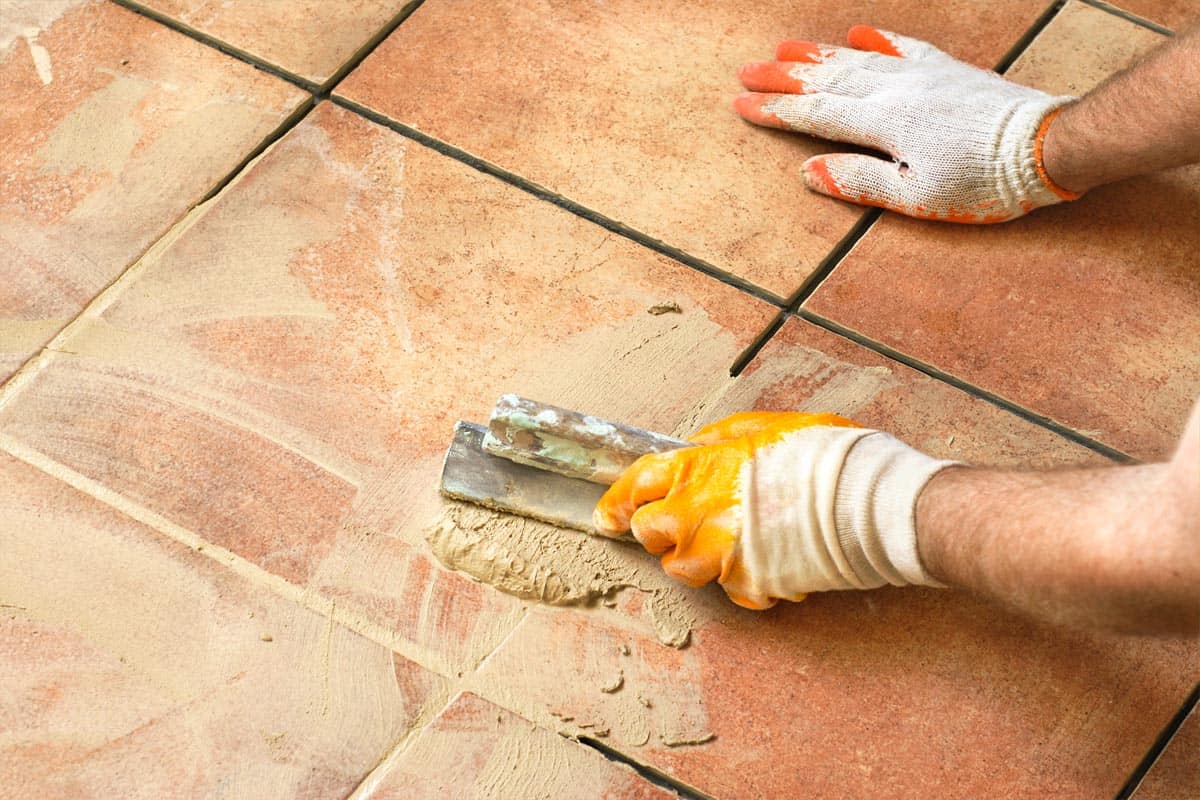
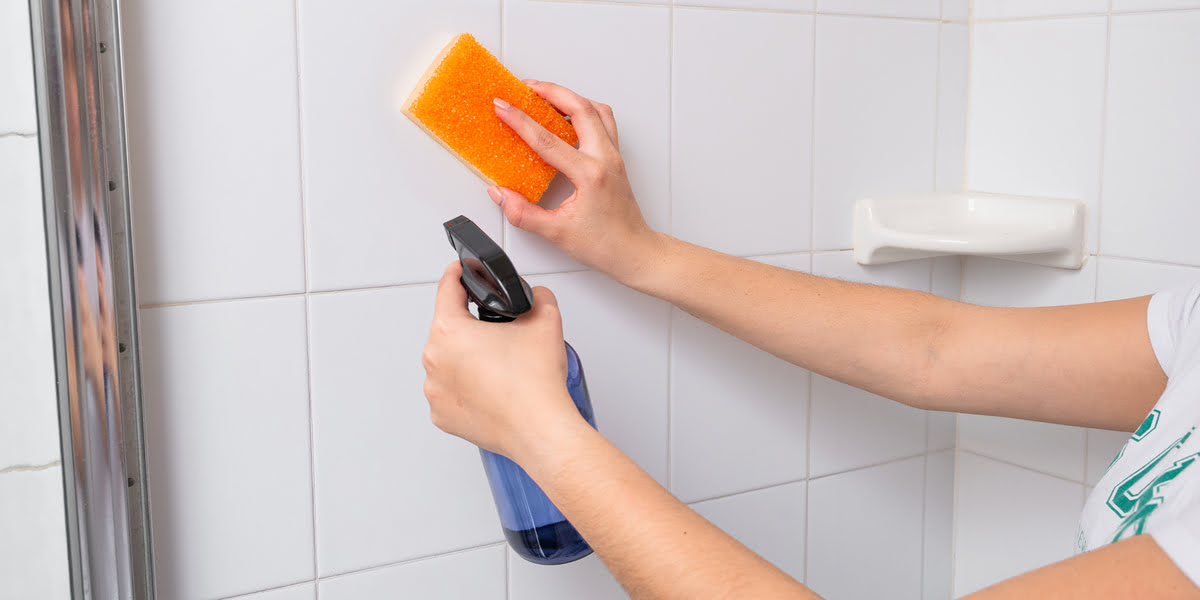
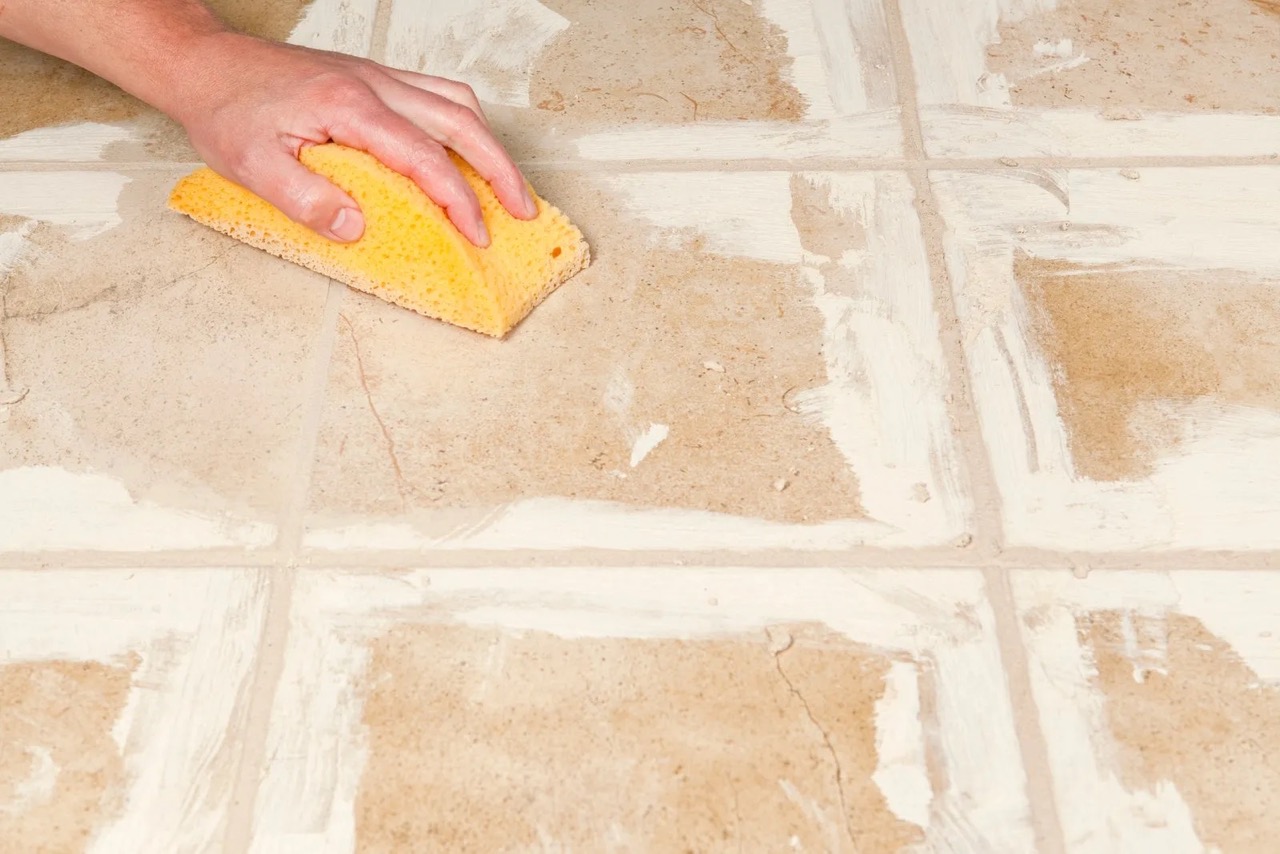
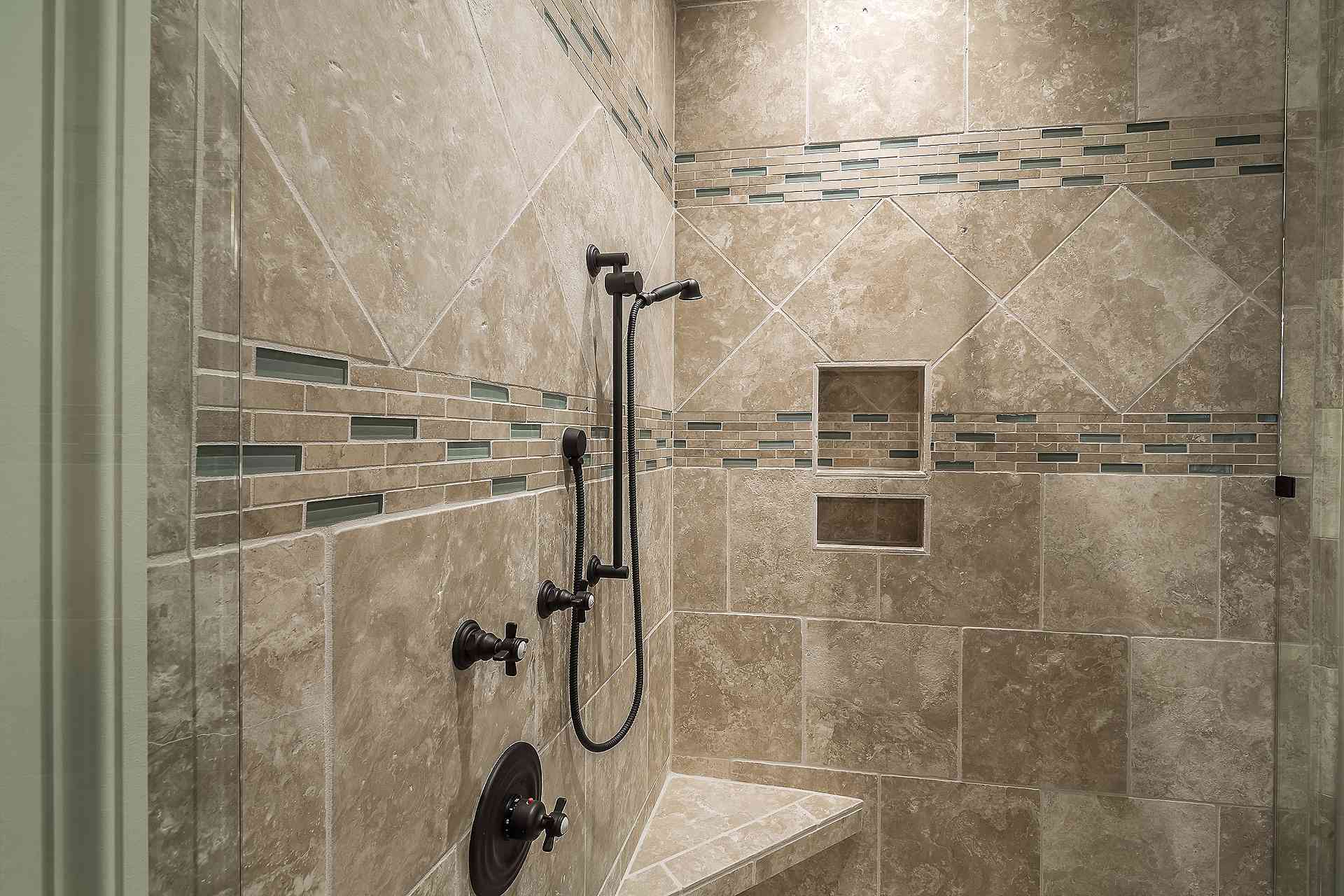

0 thoughts on “Make Your Old Tile Look New With These Tips For Painting Grout”